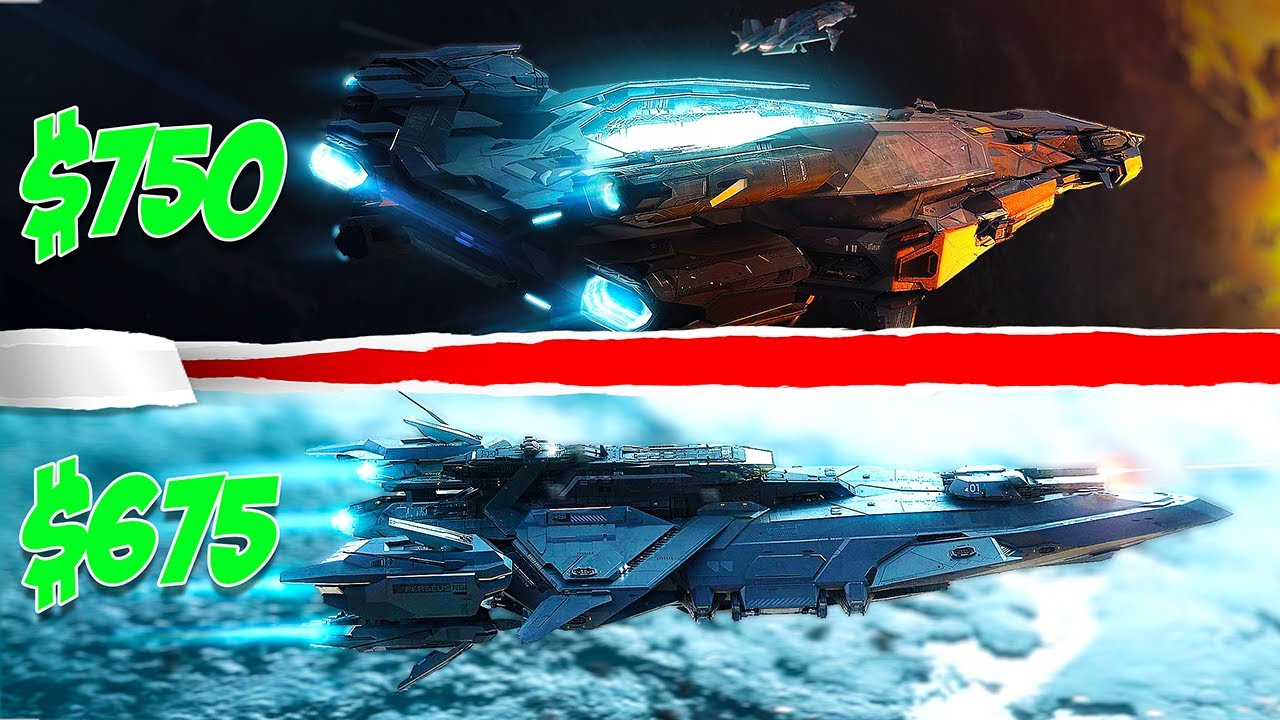The RSI Polaris in Star Citizen is a highly anticipated large military ship with impressive features such as size four shields, multiple turrets, and a significant number of torpedoes. While the Polaris is a solid choice for medium-sized organizations due to its crew requirements and combat effectiveness, players should carefully consider their gameplay style and group dynamics before deciding to upgrade their fleet.
The RSI Polaris is a highly anticipated ship in the Star Citizen community, generating excitement and prompting players to consider upgrading their fleets for a chance to fly it. It is set to be one of the largest military ships available, falling second only to the 890 Jump in size. The Polaris boasts features such as size four shields, a lower quantum drive rating than the Idris, six to seven turrets, and between 10 to 16 torpedoes, making it a formidable choice for medium-sized and larger organizations.
In terms of crew size, the Polaris requires a skeleton crew of six people, compared to the Idris’s eight. This means crew members on the Polaris may have to double up on tasks during intense engagements, whereas the Idris crew would be stretched even thinner. The Polaris is seen as a solid choice for most medium-sized orgs, offering a balance between crew requirements and combat effectiveness. However, larger orgs like Test Squadron with 23,000 members may find the Idris and other giant ships more suitable due to their ability to maintain a full crew at all times.
The Polaris’s smaller counterpart, the Perseus, offers a different gameplay experience with slightly fewer turrets but a higher number of torpedoes. It is designed for a crew of one to six members, making it more manageable for smaller groups to operate effectively. The Perseus may be a sharper choice for most players looking to take on operations with a few friends, as it requires fewer crew members to operate efficiently.
One advantage of the Polaris is its medium-sized ship hangar, allowing for refueling, restocking, and repairing smaller ships. This versatility extends its functionality, making it a valuable asset for supporting allied ships during missions. However, the lack of med bays on the Polaris may be a drawback for some players, as the Perseus also lacks this feature. The decision between the two ships may come down to individual preferences and playstyles, as well as the size and composition of the player’s group.
In conclusion, while the Polaris offers impressive features and capabilities on paper, its true value will depend on how well it aligns with a player’s gameplay style and group dynamics. Players are advised to consider their current fleet usage and whether a larger military ship like the Polaris would enhance their gameplay experience. The excitement surrounding new ship releases may lead to impulse purchases, but it’s important to assess whether the ship’s size and capabilities will be fully utilized in practice, especially for smaller groups or solo players.
